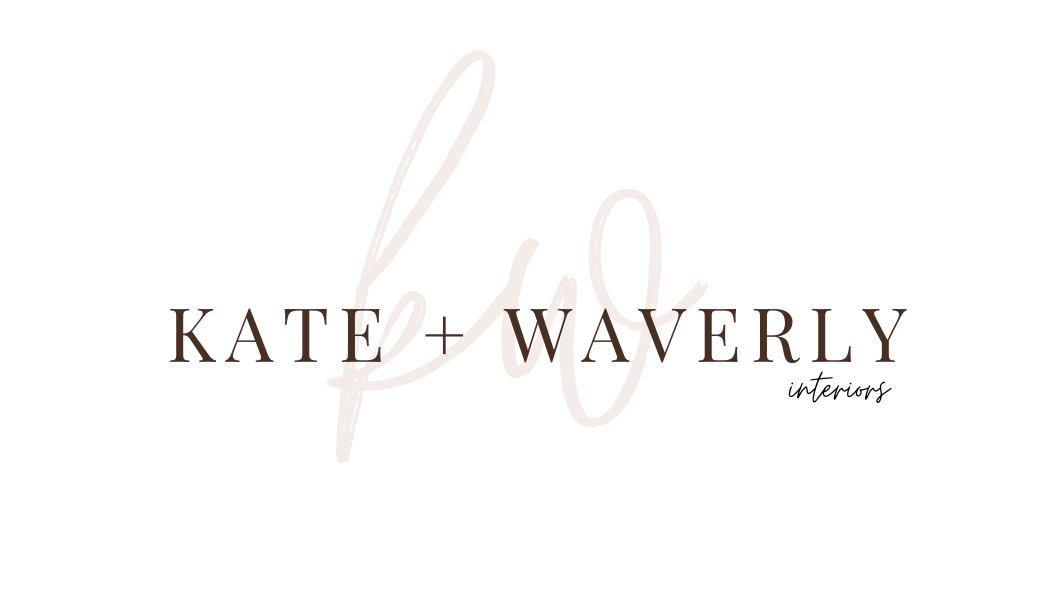Sconces are becoming more and more popular these days as people realize the way sconces can add warmth and interest to a space. Sconces can be used in bathrooms, hallways, bedrooms, staircases, reading nooks, and entryways. There are also a few guidelines, tips, and tricks that can be useful when thinking of adding sconces to an existing space or to a remodel/new build.
Bathrooms
We’ll start with the more obvious location: the bathroom. Understandably, sconces are not always a possibility in smaller bathrooms. But if you are able, sconces are wonderful additions to bathrooms, adding a custom look with a more unique style. From a more practical standpoint, sconces provide a better light source when you will be putting on makeup in your bathroom. Lighting coming in at eye level is ideal when applying makeup, as lighting from above (ie traditional bathroom lighting) can create shadows on your face.
If you have a larger bathroom, they can even be added in other ways to create a soft light that adds warmth to your bathroom, especially at night. There are so many lighting options in a bathroom, but that’s another post for another day!




Bedrooms
I love adding sconces to bedrooms. You can use them in place of traditional bedside lamps, to light up a reading space, or even on either side of a TV if you have a large bedroom. As your room size allows, you want to add as many different sources of light as possible to create a more welcoming and relaxing ambiance. Nowhere to access electrical or too cost prohibitive? See the bottom of this post for ideas on how to work around those issues!






Stairwells & Hallways
Hallways and stairways are a great place to place sconces; it provides additional soft lighting and adds interest to a space without being overwhelming. Make sure your hallways and staircases are wide enough and that you select a sconce with a depth that is on the shallow side. This avoids hitting the sconce or having the sconce interrupt the line of sight. They are also great to bring a focal point to the end of a hallway.



Nooks
Nooks are such a fun space to begin with, hanging a sconce in the space just adds to the whimsy and interest. You can add them to bench nooks in mudrooms, reading nooks, bedroom nooks, and more.



Entryways
Entryways can be hard, especially with they are particularly large or small. Many entryways in older homes are not well light. A common placement in an entryway is a lamp, which I also love. However, mixing things up with sconces here instead is hardly ever a bad idea, whether it’s a single or pair.


Kitchens
Kitchens are one of the most common spaces to see sconces. But there are so many ways to use them besides just over the sink, which is a classic that I love. They can be used over open shelving, to highlight cookbooks or art (yes, art belongs in kitchens too), to frame out a stove, and to highlight seating.






Tips and Tricks
Always remember that sconces don’t have to be placed as they are shown on the website. Many sconces can be placed up or down, depending on the space you have or the look you want. The straight double light sconces can be hung vertically or horizontally to spotlight something overhead or to illuminate it from the side (think mirrors or art).
Don’t want to wire in a new light fixture because of time/money/both? There are a wide array of plug-in sconces available. If you would still need to run wiring for an outlet, there’s always the possibility of using battery operated pucks. Many even come with a remote that you could mount like a light switch or keep nearby on a countertop or nightstand. Just make sure to check that the size of the puck you choose is compatible with the sconce you would like to hang. Use some command strips or strong double sided tape to attach the puck. Most battery operated lightbulbs screw in just as a normal lightbulb would. This is also an option for lamps where accessing an outlet would be a hassle or impossible.
Below are two product boards with sconce options; the first board contains hardwired options while the second focuses on plug-in options. Keep in mind that many lights can be turned from hardwired to plug-in and vice versa by an electrician or someone with experience in lighting. There are even some DIY tutorials out there.


